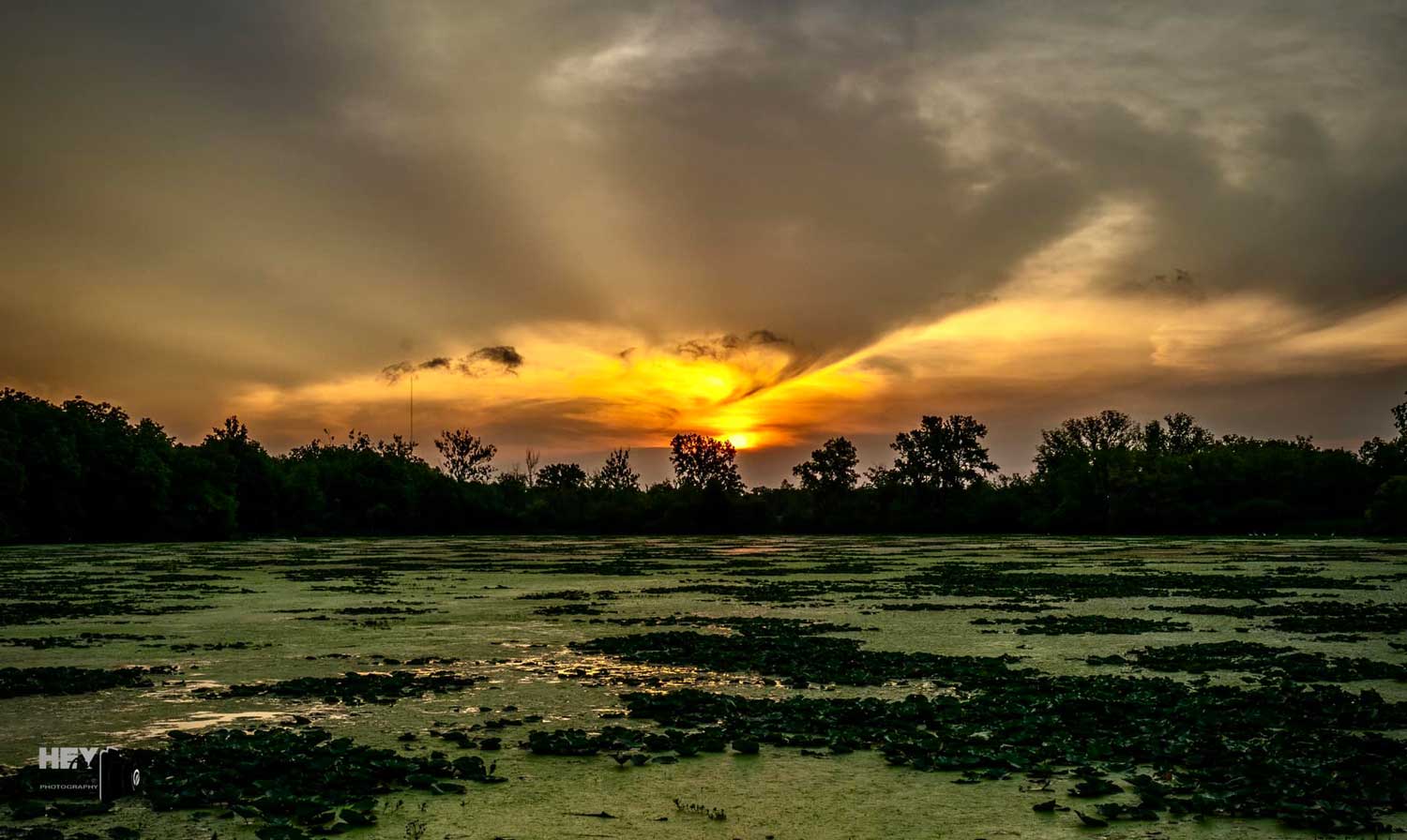How will you enjoy all the extra daylight in June?

If you want to spend some time in June gazing up at the stars, you might have to stay up a little later than usual. That's because June is the month of the summer solstice and the month of the year with the latest sunsets and most amount of daylight.
The summer solstice on June 20 marks the beginning of astronomical summer. A solstice occurs when our planet reaches its highest (in the summer) or lowest (in the winter) point in the sky at noon, according to the National Weather Service. This explains why we experience the most daylight on the day of the summer solstice and the least daylight on the day of the winter solstice.
While astronomical summer and winter begin with a solstice, spring and fall start with an equinox. Equinoxes and solstices are related to Earth's tilt and its relationship with the sun, which affects the amount of daylight we receive each day, NASA reports. An equinox occurs when the sun is directly above the Equator, meaning about half the planet is light and half the planet is dark. A solstice occurs when the Equator reaches its farthest point north or south of the sun's path.
This year's summer solstice will be at precisely 9:41 p.m. That may seem late in the day, but it will barely be dark yet because it's the longest day of the year, or, more precisely, the day of the year in which we experience the most daylight. On June 20, the sun will rise at 5:18 a.m. and set at 8:29 p.m., giving is 15 hours, 11 minutes and 10 seconds of daylight.
It's just seconds more daylight than we will experience on the day before and after the solstice, but it's quite a bit more than we will see in the following weeks and months. By July 20, we will experience 14 hours, 44 minutes and 45 seconds of daylight, and by the autumnal equinox on Sept. 22 — the first day of astronomical fall — we will experience 12 hours, 8 minutes and 45 seconds of daylight.
All that extra daylight in the days surrounding the summer solstice means more time to enjoy your Will County preserves because preserves close at sunset. Maybe you can enjoy a summer stroll at a new preserve or see the sights by water by renting a kayak or boat at Lake Chaminwood Preserve, Monee Reservoir or Whalon Lake. Or you can hop on your bike for an after-dinner ride on one of the many paved trails criss-crossing the county. Want to enjoy the preserves after the sun sets? Book a campsite at one of the Forest Preserve's five camping locations.
The full moon for June will be June 11, with the moon reaching its fullest point at precisely 2:44 p.m. June's full moon is known as the strawberry moon, and probably for just the reason you think. The June full moon moniker is because it is the time of year when early-ripening strawberries, called June-bearing strawberries, are ready to be picked, the Old Farmer's Almanac reports.
The nicknames we give to the full moons are often based on the names Native tribes used for the full moons centuries ago. In the case of the strawberry moon, it's a name that was used by many tribes, including the Dakota, Lakota and Ojibwe. The Haida called the June full moon the berries ripen moon, another references to the berries ripening at this time of year.
